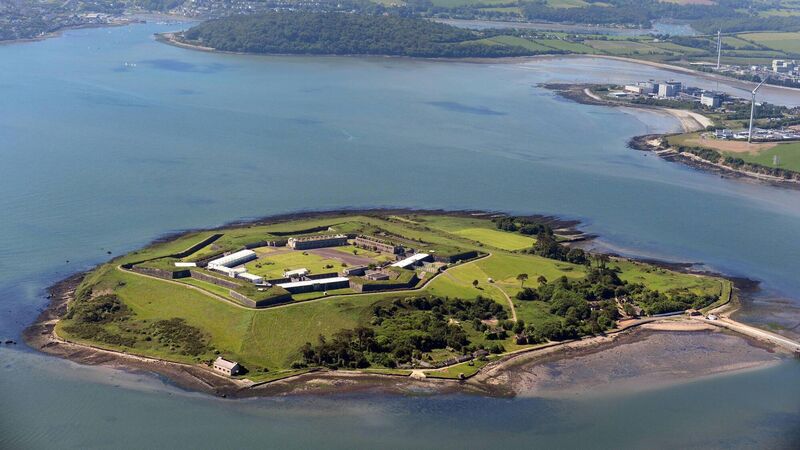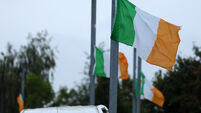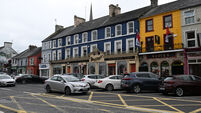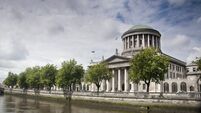Spike Island exhibition to celebrate historic fort's 220th anniversary

The 'Entwined History: Revealing Spike Island’s Forts' exhibition showcases the architectural plans and historical artefacts associated with the island’s rich military past.
A special exhibition has opened on Spike Island to coincide with the 220th anniversary of the construction of its Fort Westmoreland.
The 'Entwined History: Revealing Spike Island’s Forts' exhibition showcases the architectural plans and historical artefacts associated with the island’s rich military past.















